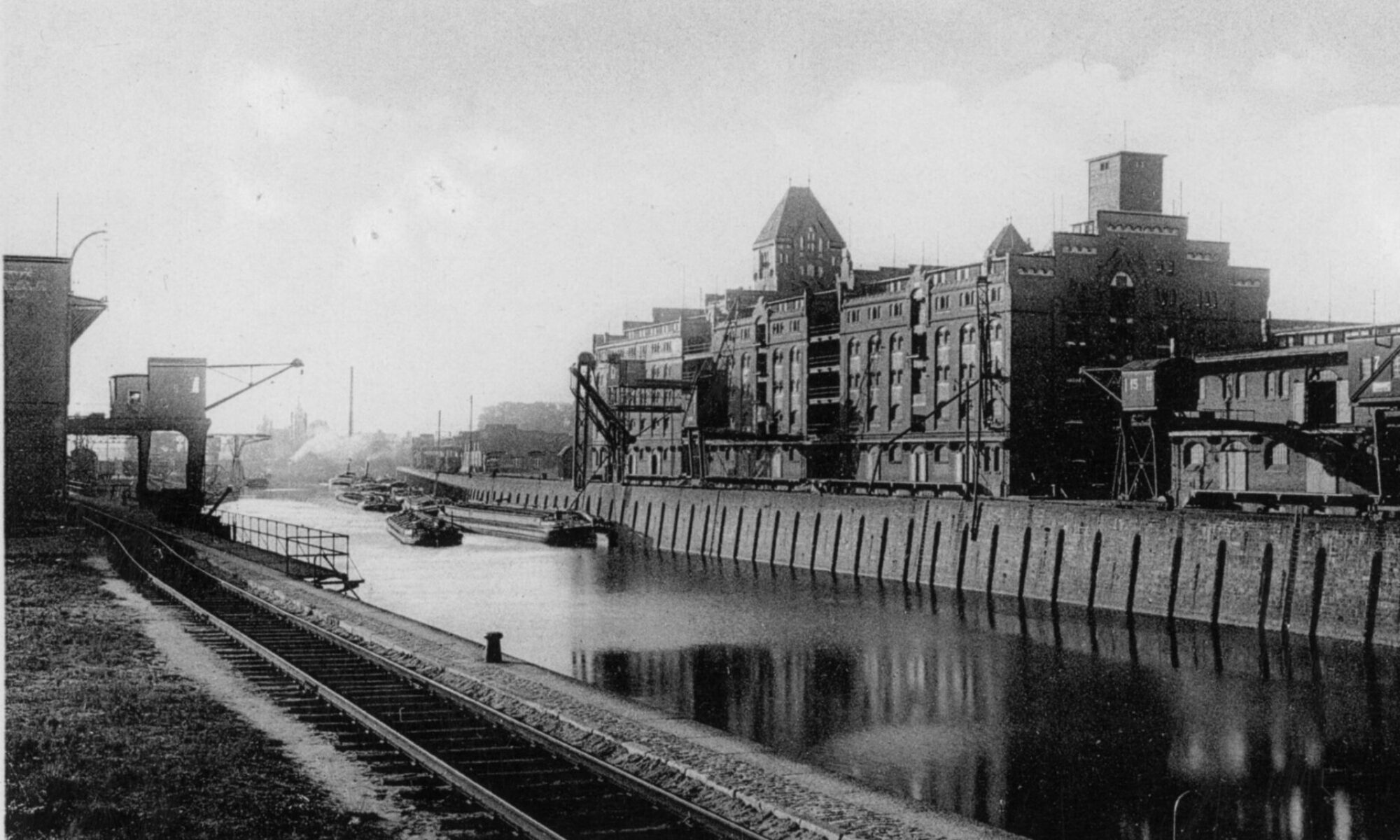The process of economic changes in Poland, initiated by social and economic reforms at the end of the 20th century, resulted in the liquidation of many historic industrial branches, in some cases entire industrial districts. The elimination of material traces of the country’s industrial development has not been accompanied and is not accompanied by a rational plan to preserve the most important evidence of Poland’s economic development. The industrial heritage continues where there are only a few factories that often run archaic production processes.
Over the years, steel mills, mines, textile plants and a number of other industrial facilities have been a source of pride for their employees and local residents. With the advent of the economic transformation process, these facilities began to be evidence of technological backwardness and low quality of life for the inhabitants. Today, it is more and more difficult to find in the landscape of Polish cities the silhouettes of blast furnaces, mine shafts, cooling towers or brick chimneys of former boiler houses. Despite the growing interest in industrial heritage, the liquidation process of the last evidence of the industrial history of the regions is progressing. Important, often the last certificates of industrial activity are being decommissioned and are still being destroyed. This is the case, for example, with the monuments of liquidated mines in Upper Silesia.
The Foundation for the Preservation of Industrial Heritage, founded by Piotr Gerber, was established in 2007 to actively protect the industrial heritage in Lower and Upper Silesia. Activities carried out by the Foundation are of various nature. The Foundation undertakes activities in the field of: research on the industrial history of Silesia (a number of publications), practical protection of material industrial heritage, and education on economic development.
The most important activity of the Foundation is the protection of selected technical objects characteristic of Silesia. Protection takes place primarily through the transformation of the protected monument into a museum. The protection through „museumisation” of the saved monument is carried out on the basis of various models. The choice of the form of protection is primarily aimed at maximum protection and the best preservation of the originality and authenticity of the protected monument. When selecting an object for protection, the objects of particular importance for the region and those representing the most important branches of industry developing in Upper and Lower Silesia are taken into account.
Currently, the Foundation operates the Railway Museum in Silesia in Jaworzyna Śląska, established in 2005, and the Zinc Metallurgy Museum in Szopienice-Katowice, opened in 2016. The following museums are under preparation: the Silesian Porcelain Museum in Tułowice near Opole, the Museum of Agricultural Techniques in Piotrowice Śląskie near Świdnica, the Railway Museum in Dzierżoniów as a branch of the Museum in Jaworzyna Śląska and the Hilbert Mill in Dzierżoniów.
